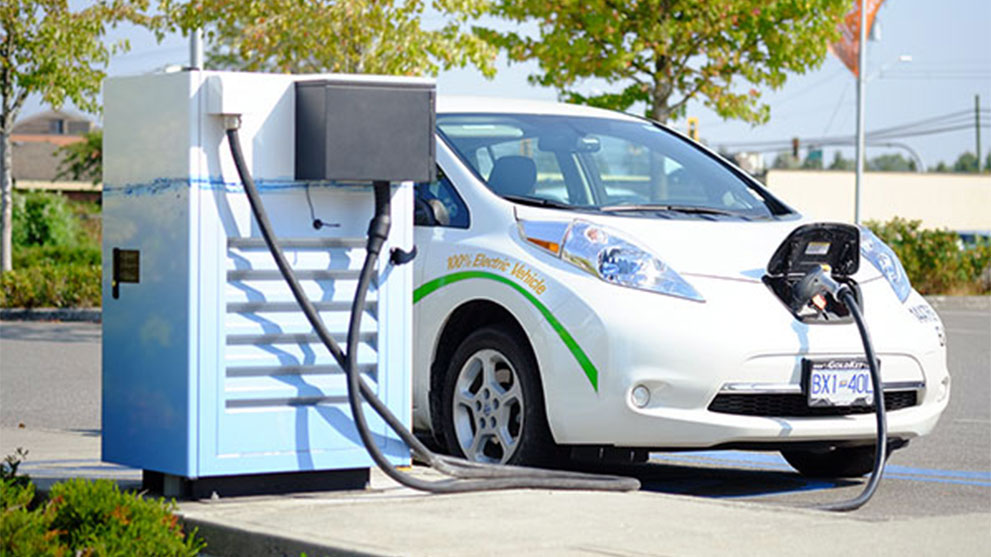

Regulatory pressures on internal combustion engines (ICEs), combined with technological improvements in electric power trains and batteries, are driving a surge of demand for electric vehicles (EVs). Most incumbent car manufacturers are rolling out models, joined by new entrants without ICE legacies. Worldwide sales of pure battery EVs (excluding hybrids) grew by approximately 45 percent in 2016.
Stay current on your favorite topics
With EVs becoming mass-market products, it is time for a detailed understanding of technology trends. In collaboration with A2Mac1, a provider of automotive benchmarking services, we conducted a large-scale benchmarking of first- and second-generation EV models, which included physically disassembling ten EV models: the 2011 Nissan LEAF, the 2013 Volkswagen e-up!, the 2013 Tesla Model S 60, the 2014 Chevrolet Spark, the 2014 BMW i3, the 2015 Volkswagen e-Golf, the 2015 BYD e6, the 2017 Nissan LEAF, the 2017 Chevrolet Bolt, and the 2017 Opel Ampera-e.
Together, these models account for about 40 percent of all pure-battery EVs ever produced. In addition to the ten torn-down vehicles, we analyzed publicly available information on additional vehicles and consulted independent subject-matter experts. The resulting analysis shows that successfully producing EVs requires radically different thinking. We identified five key insights:
The benchmarking shows a clear gap in driving range and interior space between models with native EV platforms and those based on ICE. Native EVs optimize battery packaging; non-native EVs force the battery into the awkward footprint of the ICE platform, which limits the realized energy capacity. The native EV battery pack, by contrast, can take a simple, rectangular shape, giving native EVs up to twice the range—over 300 kilometers per charge and up to approximately 400 kilometers for the best performers, according to the Environmental Protection Agency—without forcing up the price (Exhibit 1). In addition, native EVs achieve a larger interior space (up to 10 percent by regression line) for the same wheelbase compared with not only non-native counterparts, but also standard ICE vehicles in the same segment.

The benchmarking included a teardown of the battery, the battery cells, and the thermal-management system. We found three battery-cell designs with different geometries (cylindrical, prismatic, and pouch), along with multiple chemistries. With each design having clear advantages and disadvantages, there is no winner on overall performance for mass-market EVs, as our benchmarking also revealed similar energy density increases of more than 30 percent over a period of seven years (2011 to 2018) across all designs. We also found a large variance in the design approach for thermal management with four battery-cooling solutions: passive (natural air cooling), active combined with powertrain, active but stand-alone dedicated to the battery, and active combined with the air-conditioning circuit. We also identified three archetypes of battery heating: none at all, waste heat from motor and power electronics or the AC system, and dedicated resistive heating integrated in the battery pack. Some dedicated resistive heating units use energy from the battery and work only when the vehicle is charging; others feature a combined liquid cooling/heating cycle using different heat sources, such as resistive heating outside the battery pack (Exhibit 2).